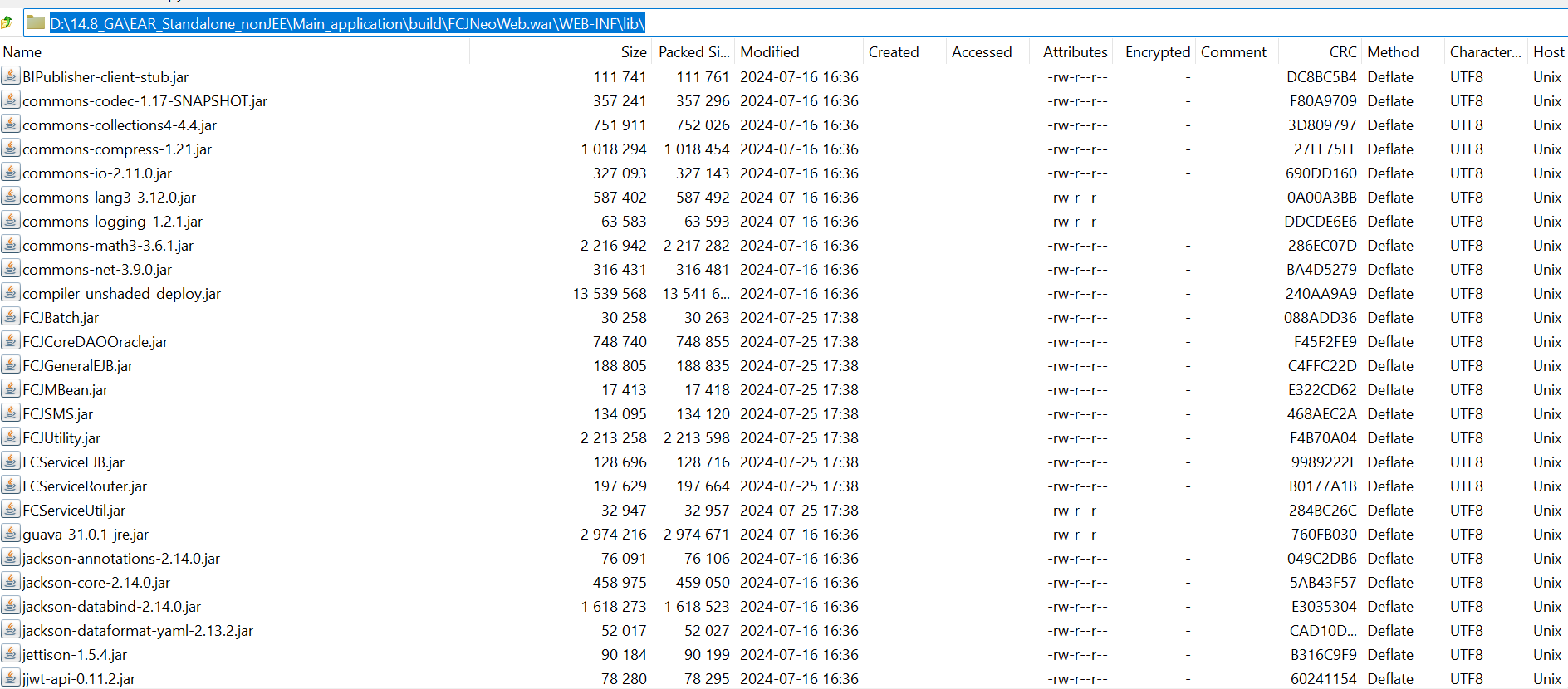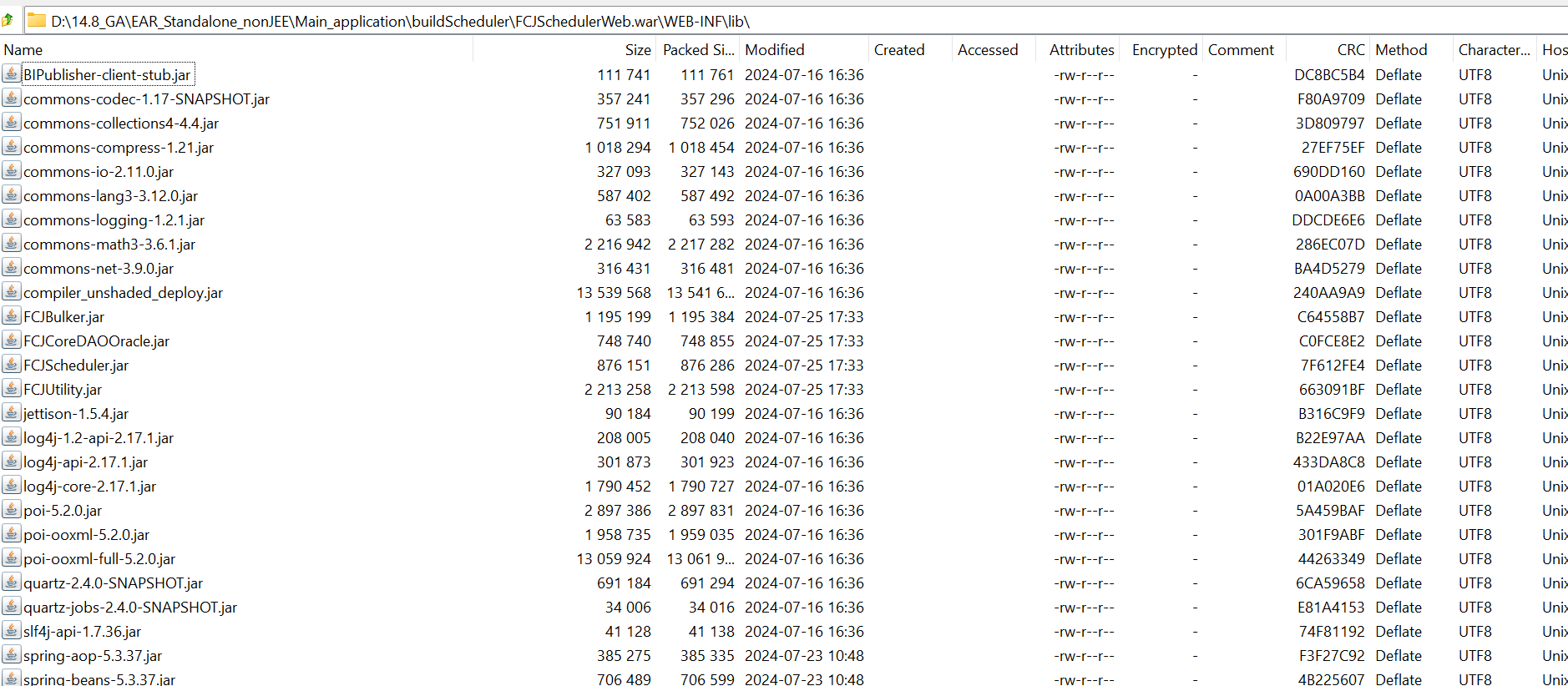1.2 Standalone Setup
During the war, FCJNeoWeb is the primary application, and it generates files. The UI automatically populates the War Name while creating property files.
Maintain the following Application Type accordingly for building respective EARs:
This table shows the BAT/sh scripts that need to be run individually for each EAR creation. The env.properties will have the appropriate application type set.
Table 1-1 Standalone
| Product Type | Application Type | EAR Name | BAT/sh file to be run | Property file to be used |
|---|---|---|---|---|
| ROFC | FCUBS | Any Distinct Name | ROFCEarRun.bat or ROFCEarRun.sh | fcubs.properties |
| GW-Integrated | INTEGRATED | Any Distinct Name | ROFCGatewayEarRun.b at or ROFCGatewayEarRun.s h | GW_WS_Prop.properties |
| GW-Individual | INDIVIDUAL | Not Required | ROFCGatewayEarRun.b at or ROFCGatewayEarRun.s h | GW_WS_Prop.properties |
| GW-REST | INDIVIDUAL | Any Distinct Name | ROFCGatewayRestEar Run.bat or ROFCGatewayRestEar Run.sh | GW_REST_Prop.properties and GW_RESTEJB_Prop.properties |
| GW-MDB | GATEWAY | Any Distinct Name | GWMDBEarRun.bat GWMDBEarRun.sh | GW_MDB_Prop.properties |
| GW-HTTP | GATEWAY | Any Distinct Name | GWHTTPEarRun.bat GWHTTPEarRun.sh | GW_HTTP_Prop.properties |
| GW- EJB | GATEWAY | Any Distinct Name | GWEJBEarRun.bat or GWEJBEarRun | GW_ EJB_Prop.properties |
| Scheduler | SCHDLR | Any Distinct Name | SchedulerEarRun.bat or SchedulerEarRun.sh | Scheduler.properties |
| ODT | ODT | Any Distinct Name | ODTWarRun.bat or ODTWarRun.sh | ODT.properties |
Parent topic: Building Application for Setup



